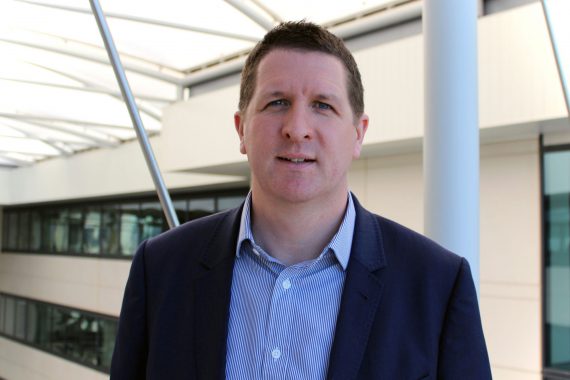
We’re all often quick to point out the shortcomings in technology at the fingertips of GPs. Challenges with systems that don’t properly connect with one another; slow WiFi (not just an NHS problem, of course); data locked away and difficult to access. This is all true – but we must be careful not to throw the baby out with the bathwater.
What baby? For starters, every GP practice in our country has its clinical records in a digital system. We are the only major economy in the world to achieve this. GP systems are all connected to a wide range of national systems and services, such as the Electronic Prescription Service, Electronic Referral Service, Spine, NHSmail and Summary Care Record. This shows that interoperability – that vogue phrase of the day – can be achieved.
Systems are resilient and secure, and they are clinically and technically accredited for use in the NHS.
But while I urge us all to celebrate the strengths of our system and its technological achievements to date, be in no doubt of the clarity of feedback we have had from users and stakeholders that there are critical challenges and improvements to be achieved, and a determination to get this right.
The great advantage of the NHS being a planned system is that we are now getting the building blocks in place to set about a concerted, coherent strategy that will bring about significant benefits.
The NHS long-term plan and the new five-year contract for general practice enable us to be much more confident and certain in mapping out the path ahead.
Primary care networks will be a key component, providing greater ability for clinicians to become involved in pathway design with commissioners and, crucially, the greater joining up of services across organisational boundaries.
For us, the long-term plan and GP contract show clearly how the components of digital primary care will be woven together.
It means significant change in a short amount of time, but this approach is the right one for GPs, patients and the NHS as a whole
For example, by next month, at least 25% of appointments will need to be made available to book online, via the NHS App or other online GP services. A difficult step for some, especially when the supply versus demand challenge is significant, but one where practices that are already embracing the potential for using online appointments are yielding benefits.
At the end of 2019, GP IT Futures will replace GP Systems of Choice, the framework from which organisations buy GP IT systems and solutions. This will be about getting the basics right, as the RCGP rightly called for when they unveiled their tech manifesto earlier this year. It will be more than that too. It will open up a new way of working, with interoperable systems, integrated data and new capabilities on offer.
In introducing this framework, there are a number of important changes we are making for the benefit of patients, general practice and primary care teams.
Firstly, safe and secure access to patient data held in general practice systems has always, and continues to be, essential. It is true for patients accessing their own data through the NHS App or other systems, for better communications between general practice and other health and care organisations, and for the benefits that can be made to the research agenda.
We are already making progress – for example the introduction of SNOMED CT Clinical terminology across general practice to standardise clinical coding, or GP Connect which is providing modern interfaces to GP systems for sharing of appointment and clinical information.
But we must go further and faster. The new arrangements will place stronger technology, data and commercial requirements on suppliers to achieve this.
Secondly, an expanded set of business capabilities that the NHS can safely and easily buy. We’ve worked closely with the GP profession and in conjunction with the development of the Long Term Plan and the new arrangements will have a significant increase in the number of functions that are available, such as social prescribing.
Thirdly, we have worked closely with the market – with existing system suppliers and with potential new suppliers to the market. We’ve been extremely transparent about the requirements – we are seeking to be ambitious, but we are giving capable suppliers every chance to be successful and we want to build strong partnership arrangements with industry to deliver these essential capabilities.
And fourthly, we want better choice and buying arrangements for practices, primary care networks and CCGs. We want a dynamic and vibrant market of suppliers and solutions that are available to general practice. We will put in place a Digital Buying Catalogue that will allow the NHS to easily compare and purchase assured solutions. Not a one-size-fits-all approach, but one that empowers commissioners to buy the IT services you need, based on modern, standards-based, open architectures.
It is an ambitious project, meaning significant change in a short amount of time, but this standards-based approach is absolutely the right one. It’s right for you as a GP, right for patients and right for the NHS as a whole.
Nic Fox is director of primary care technology at NHS Digital
Pulse October survey
Take our July 2025 survey to potentially win £1.000 worth of tokens





 Oviva’s fully remote Tier 3 Weight Management programme
Oviva’s fully remote Tier 3 Weight Management programme






